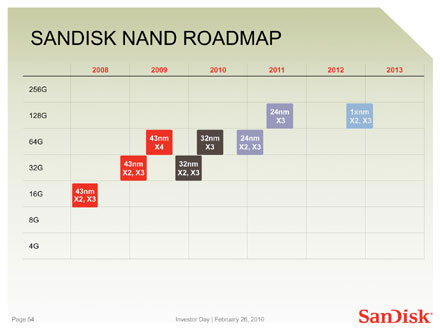I did ask him specifically what all hardware would be on these replaceable modules, if schematics would be released and if the connection between the boards were an already existing standard or one made in house and if there was any information on this supposed data/power interconnect. No response yet. It's a lot of info to ask for, but I feel knowing this information beforehand, at least generally would be useful to have as a community.
Definitely SoC, RAM, PMIC, and apparently storage. May also contain the wifi/BT combo chip, since that's about 100 pins if they're going with something like WiLink 8. A standard interface makes no sense, it'll have to be something tailored to the Pyra's daughter board peripherals.



